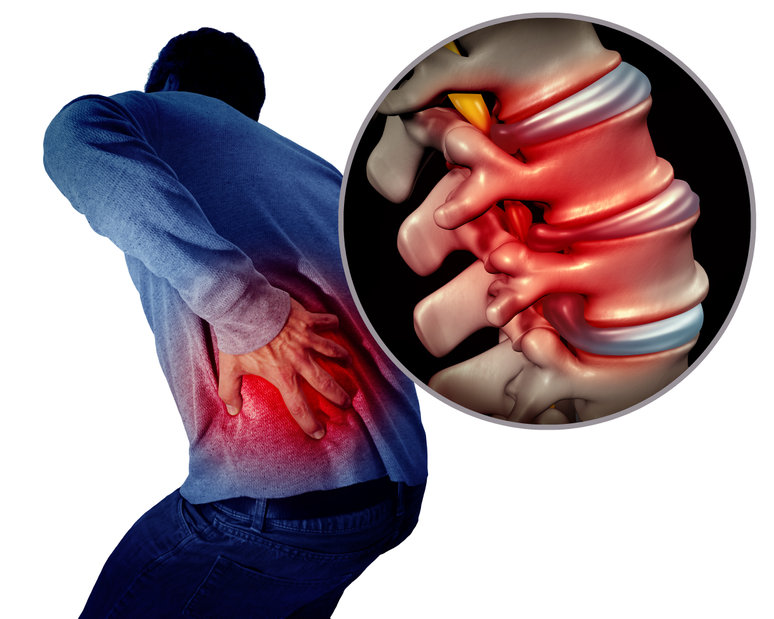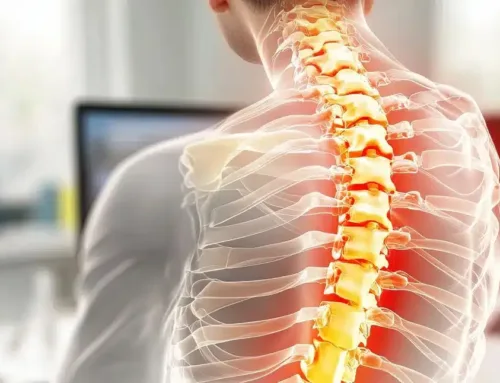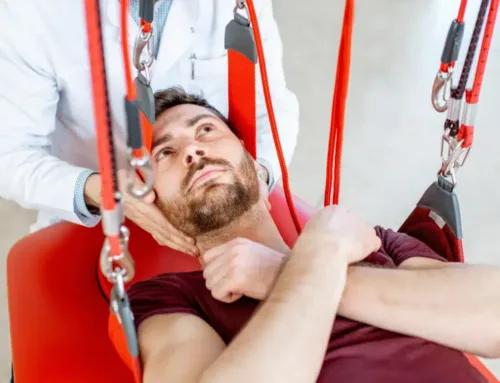Study Design. A randomized controlled trial. Objective. To investigate feed-forward activation or timing of abdominal muscle activation in response to rapid shoulder flexion after 8 weeks with core stability exercises, sling exercises, or general exercises in chronic non specific low back pain (LBP) patients.
Summary of Background Data. Delayed onset in abdominal muscles has been associated with LBP. Low load exercises to volitionally activate the transversus abdominis were introduced to restore trunk muscle activation deficits. More forceful co-contraction exercises have been advocated by others. This study explored whether abdominal muscle onset changed after low-load core stability exercises, high load sling exercises, or general exercises. Methods. Subjects (N = 109) with chronic non specific LBP of at least 3 months’ duration were randomly assigned to 8 weekly treatments with low-load core stability exercises, high-load stabilizing exercises in slings, or general exercises in groups.
Primary outcome was onset recorded bilaterally by m-mode ultrasound imaging in the deep abdominal muscles in response to rapid shoulder flexion. Results. No or small changes were found in onset after treatment. Baseline adjusted between group differences showed a 15 ms (95%confidence interval [CI], 1–28; P = 0.03) and a 19 ms (95% CI,5–33; P < 0.01) improvement with sling relative to core stability and general exercises, respectively, but on 1 side only.
There was no association between changes in pain and onset over the intervention period ( R 2 ≤ 0.02). Conclusion. Abdominal muscle onset was largely unaffected by 8 weeks of exercises in chronic LBP patients. There was no association between change in onset and LBP. Large individual variations in activation pattern of the deep abdominal muscles may justify exploration of differential effects in subgroups of LBP.
Key words: ultrasonography, neurophysiological recruitment, clinical trial, motor control.





